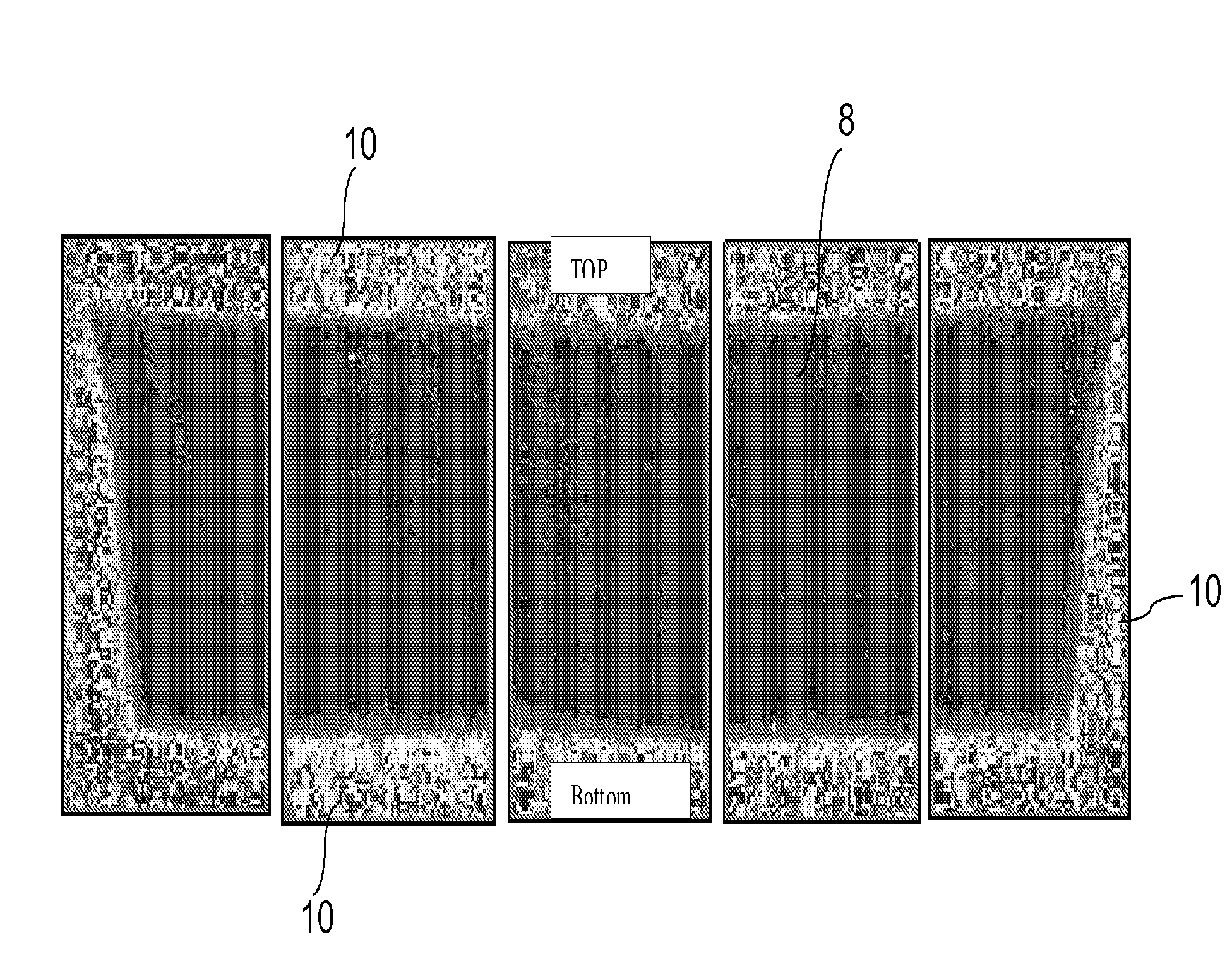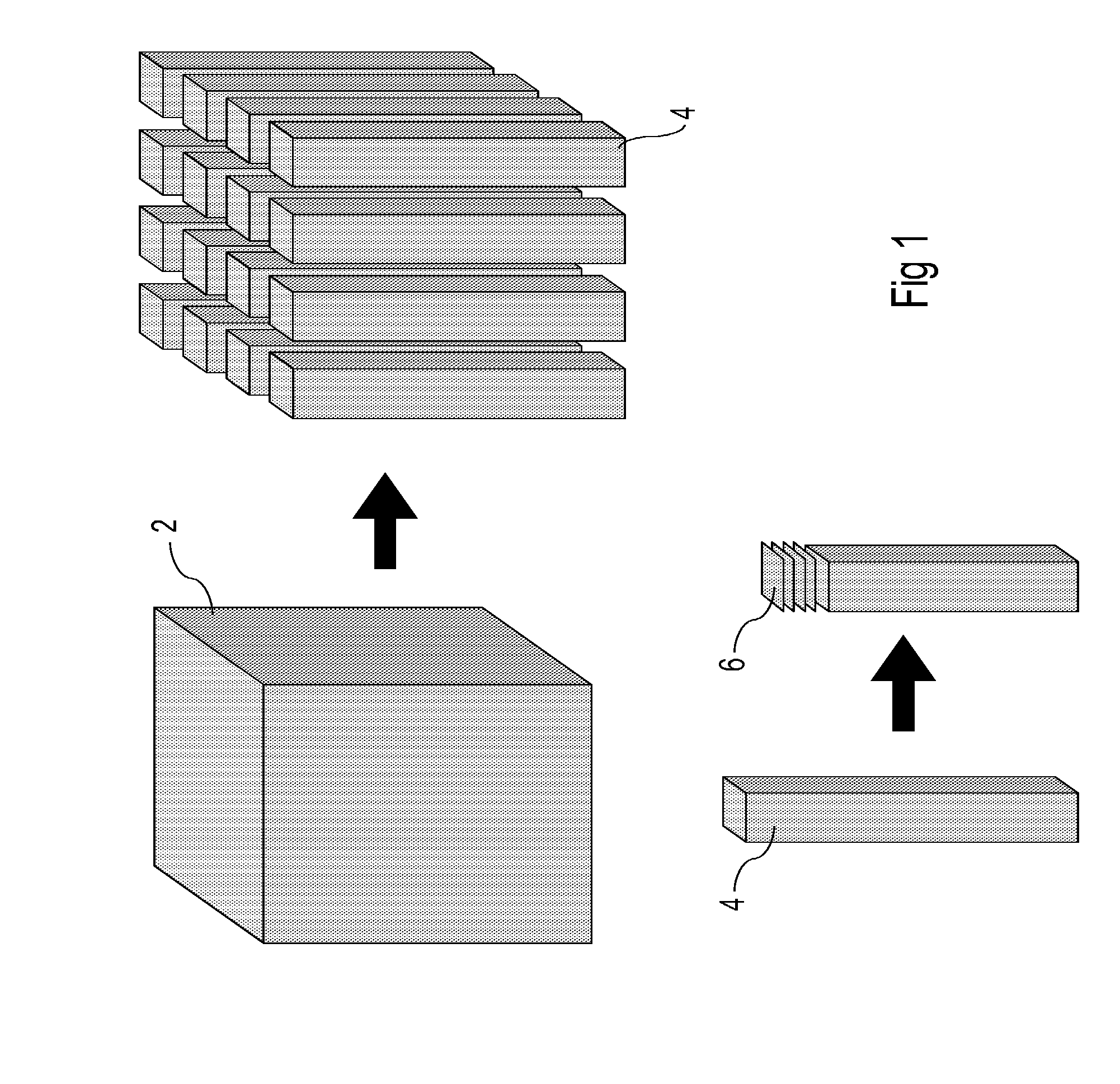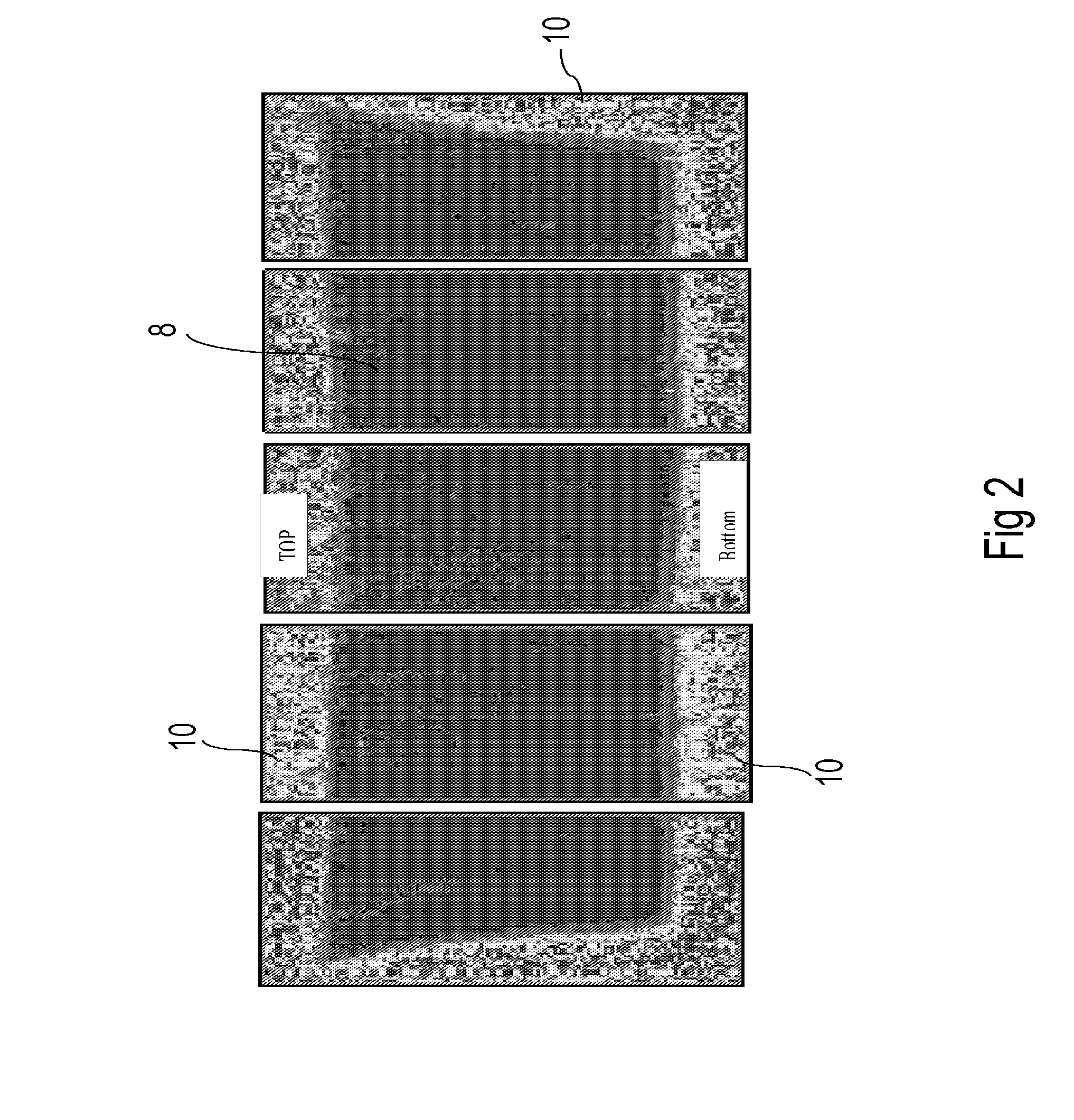Separation of doping density and minority carrier lifetime in photoluminescence measurements on semiconductor materials
- Summary
- Abstract
- Description
- Claims
- Application Information
AI Technical Summary
Benefits of technology
Problems solved by technology
Method used
Image
Examples
Embodiment Construction
[0054]Preferred embodiments of the invention will now be described, by way of example only, with reference to the accompanying drawings.
[0055]The present invention relates mainly to PL imaging measurements on ‘bulk’ silicon samples (e.g. bricks and ingots) prior to cutting into wafers. Specific advantages in relation to extracting bulk lifetime information from PL images on bricks in comparison to wafers are disclosed. The present invention details the following principal ideas, which will be described in more detail and in the same sequence below:
[0056]1.) Using information about the background doping and its spatial variation to normalise the PL image and thereby obtain more accurate quantitative information on effective or bulk lifetime variations. Specific benefits of PL imaging on bricks / ingots compared to wafer measurements for determination of bulk lifetime images, especially the ability to obtain bulk information over a much wider range of bulk lifetime values and at a well ...
PUM
 Login to View More
Login to View More Abstract
Description
Claims
Application Information
 Login to View More
Login to View More - R&D
- Intellectual Property
- Life Sciences
- Materials
- Tech Scout
- Unparalleled Data Quality
- Higher Quality Content
- 60% Fewer Hallucinations
Browse by: Latest US Patents, China's latest patents, Technical Efficacy Thesaurus, Application Domain, Technology Topic, Popular Technical Reports.
© 2025 PatSnap. All rights reserved.Legal|Privacy policy|Modern Slavery Act Transparency Statement|Sitemap|About US| Contact US: help@patsnap.com



